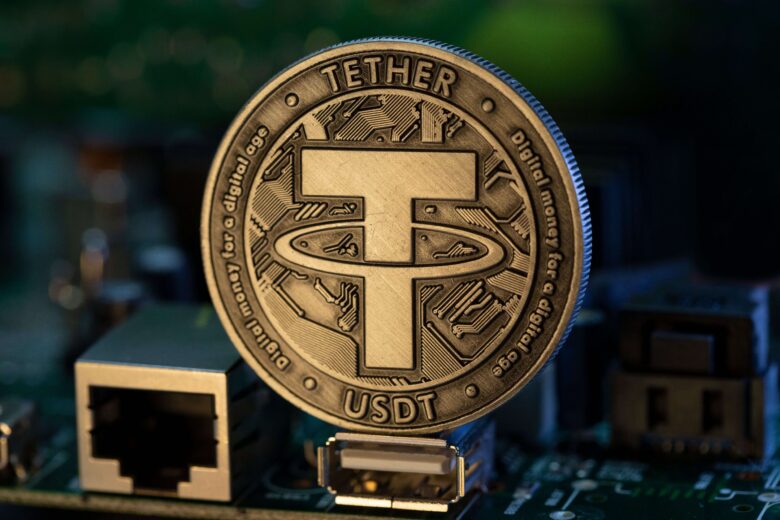Stable coins have gained popularity recently as both a medium of exchange and stored value.
Fiat-backed stable coins or stable coins backed by a basket of liquid assets are proving to be less volatile than cryptocurrencies that lack financial backing such as Bitcoin. Less volatility means fewer fluctuations in the prices and presumably less risk. Another attraction of stable coins is the ability to utilize them as an on and off-ramp to invest in cryptocurrencies creating liquidity across various exchanges. The ability to exchange stable coins into dollars or currency is seen as a valuable asset in the form of digital currency.
Unlike major cryptos such as Bitcoin and Ether, stable coins generally experience relatively modest price variations. Therefore, investors can be somewhat insulated from suffering huge losses in case of down markets or market uncertainties. Stable coins are viewed as digital non-interest-bearing coins which tend to have a stable dollar value and facilitate transactions.
Stable coins can be found available to trade on the majority of the crypto exchange platforms such as Binance, Coinbase, and Kraken.
The increasing interest by consumers and businesses in stable coins has brought it to the attention of various governmental agencies. From the U.S. to England, financial agencies have started to comment on and formulate regulations related to transactions that employ the use of stable coins.
During his relatively recent tenure as interim Comptroller of the Currency (OCC), Brian Brooks announced that nationally chartered banks were eligible to participate in independent node verification networks or blockchain networks, to conduct payments, and other activities related to stable coins. The pronouncement allowed federal savings and national banks in the U.S. to utilize stable coins or in other words, participate in INVNs. The announcement was based on an interpretive letter that was championed by many in the crypto world and received blowback in other parts of the financial ecosystem.
Governments across the world are divided on both the acceptance and use of cryptocurrency and securitized stable coins. China appears to be cracking down on crypto while other countries such as El Salvador are bullish on crypto acceptance whether as a stored value or currency.
While some countries appear to be bullish on accepting stable coins and crypto, they are also busy with bringing decentralized currencies under increased scrutiny and regulation within their countries. Hence, there is sort of a 2-way model, that might embrace the benefits to the economy of crypto, yet also increase the oversight of the asset. With increased oversight comes processes to rout out illegal digital currency transactions.
Bank of England in its recent paper on digital currencies has urged the use of stable coins in everyday life. But BoE has also recommended putting bank-like regulations on stable coins if stable coins are widely accepted and utilized for everyday use.
BoE Governor Andrew Bailey said in a statement “The prospect of stable coins as a means of payment and the emerging propositions of CBDC has generated a host of issues. It is essential that we ask the difficult and pertinent questions when it comes to the future of these new forms of digital money.”
Financial institutions all over the world fear the impact of digital currencies on the traditional banking system and economy. They believe that if digital coins have a great influence on the economy it is necessary to regulate it. Issuers of stable coins would be required to meet capital and liquidity requirements, as well as provide deposit insurance.
Additionally, transparency in auditing reserves associated with stable coins would need to improve. One of the more popular stable coins today, Tether allegedly claimed to be backed by cash, only to now state it is mostly backed by commercial paper. Some in the crypto world are calling for more transparent audits of reserves for stable coin instruments.
The call for stable coin compliance and security is partially giving rise to BUSD’s relatively rapid growth and acceptance as a popular cryptocurrency. Paxos a regulated blockchain infrastructure platform is attempting to add more transparency to reserves by issuing monthly audits of Binance BUSD coin.
So, with the growing popularity of stable coins, one can expect a rise in regulations surrounding the financial instrument and a continuing call for audits of reserves by trusted third parties.
https://fin-techadvocate.com/
https://www.bankingadvocate.com/
https://www.stephengandrews.com/

